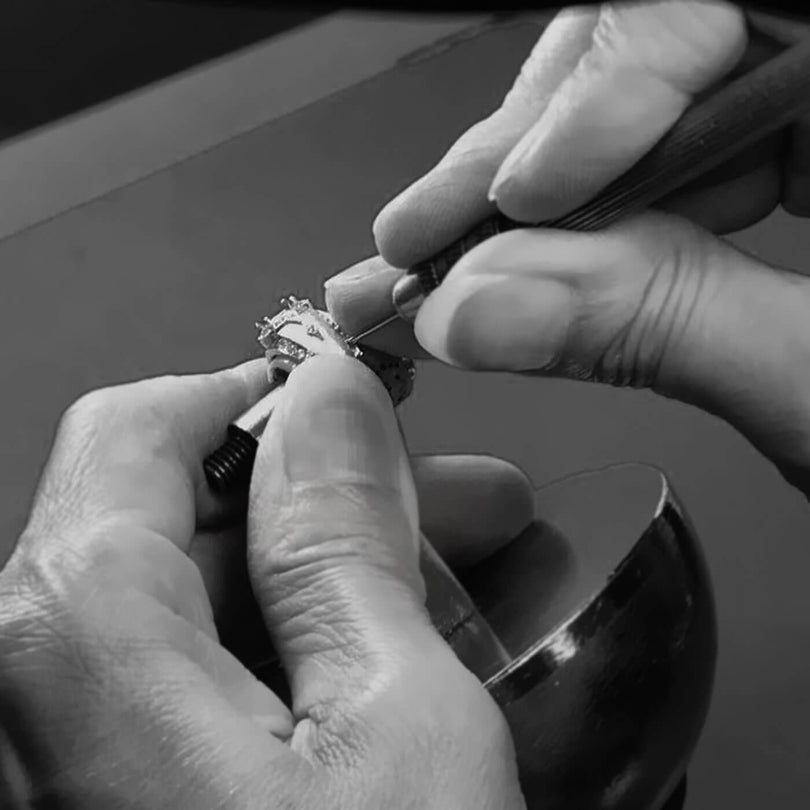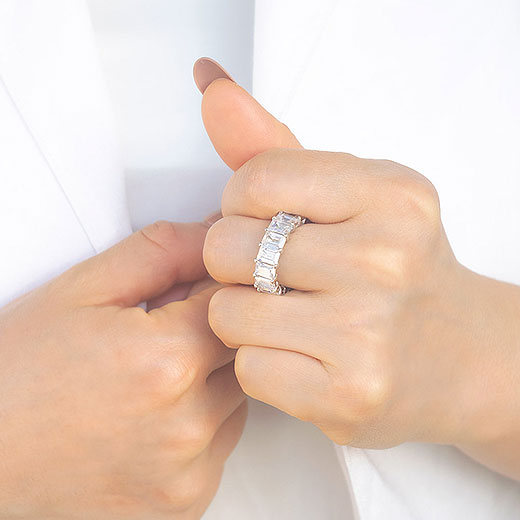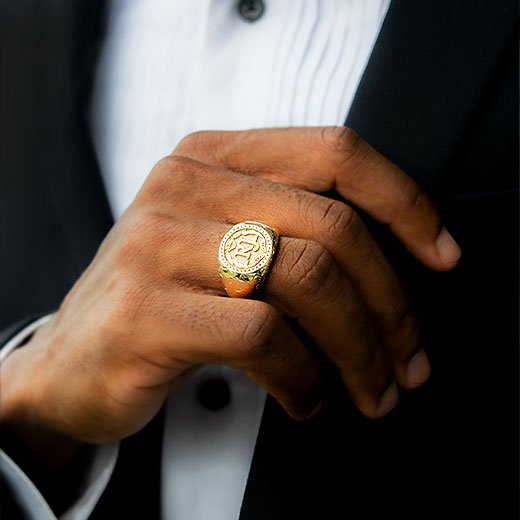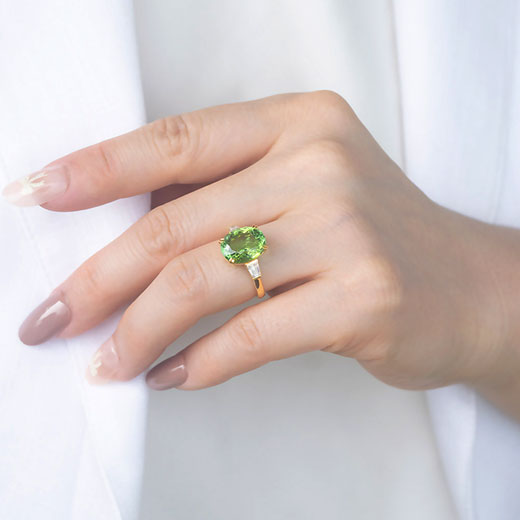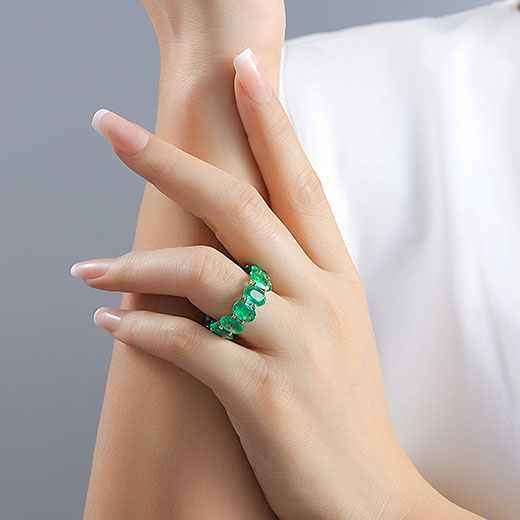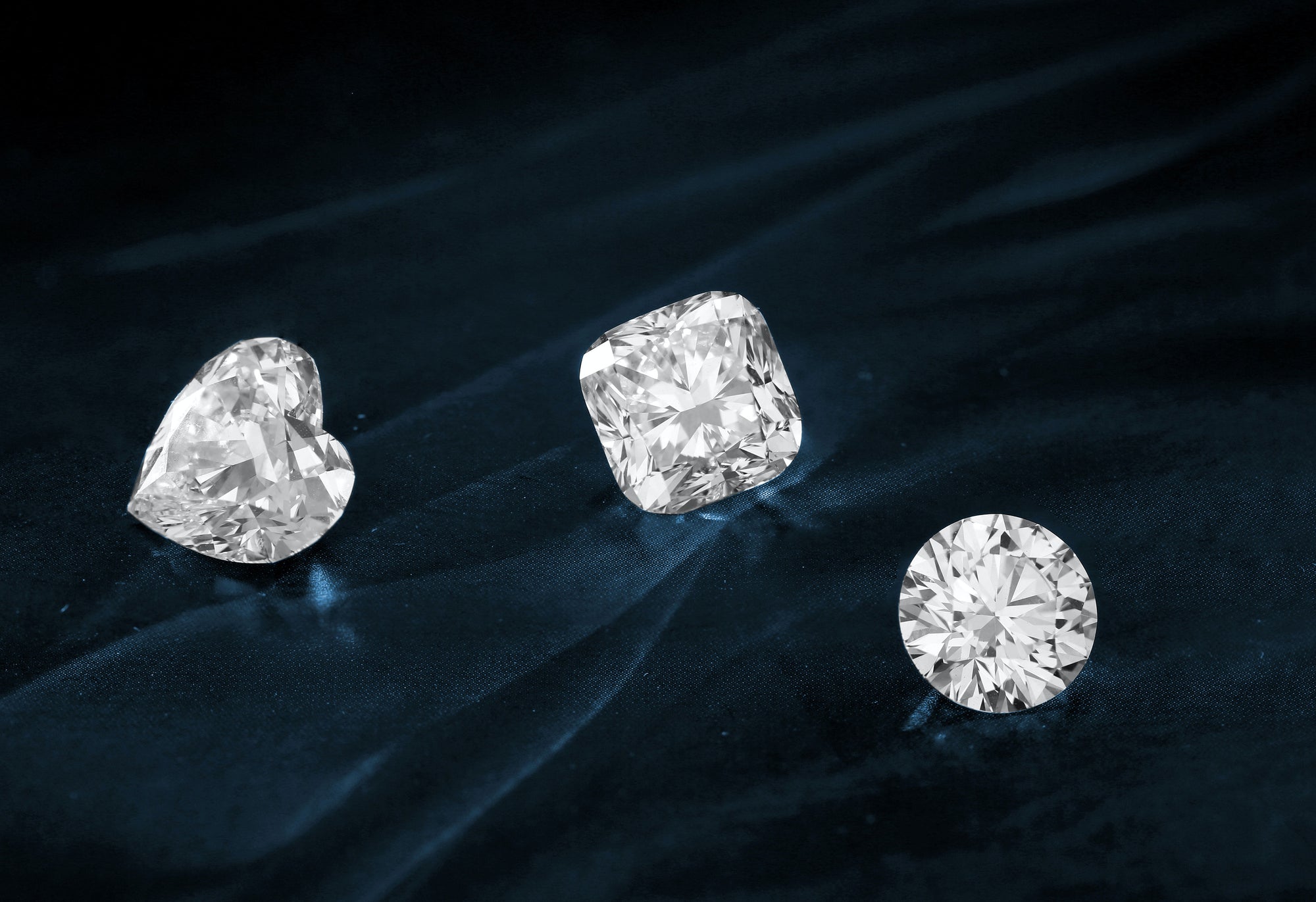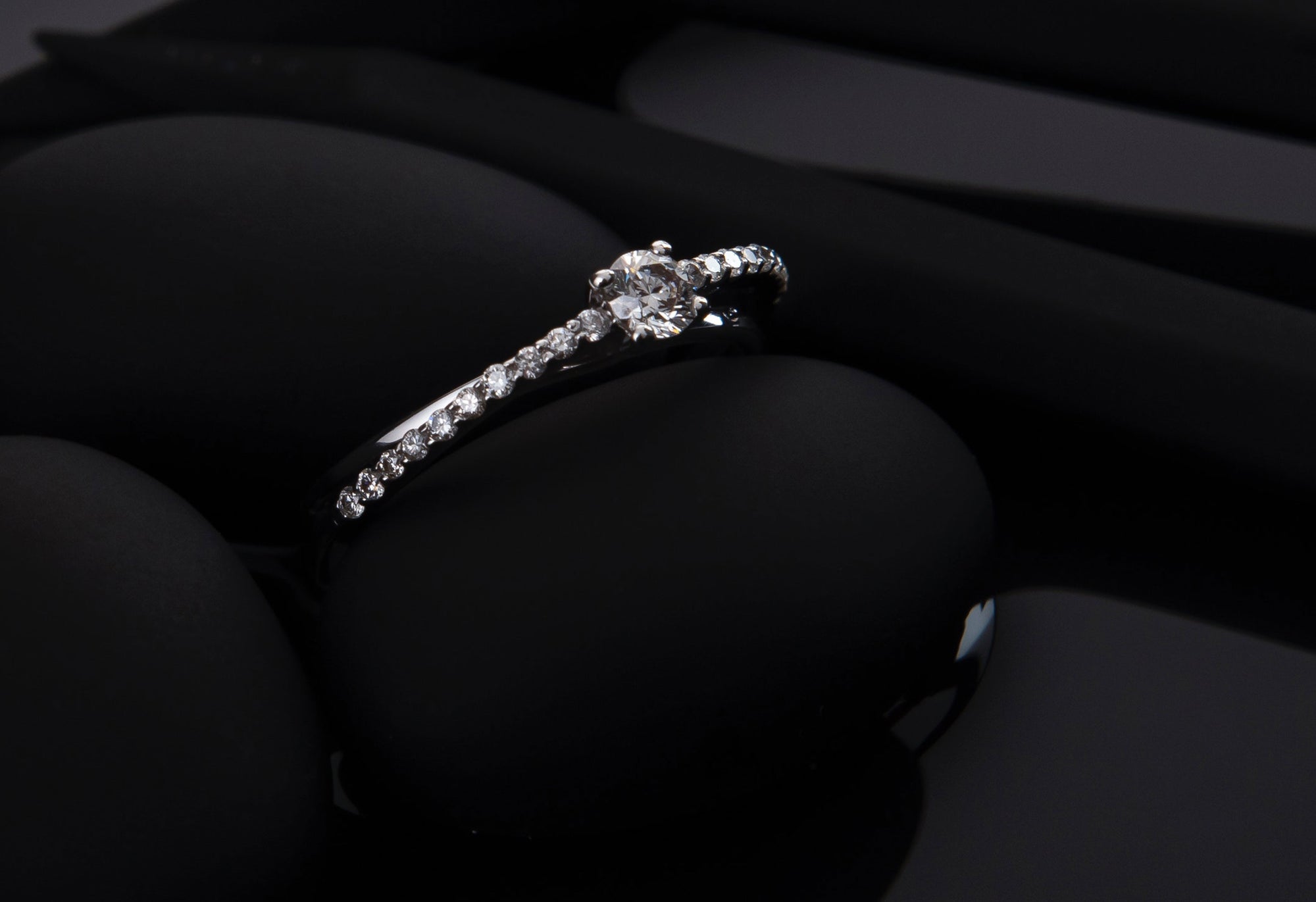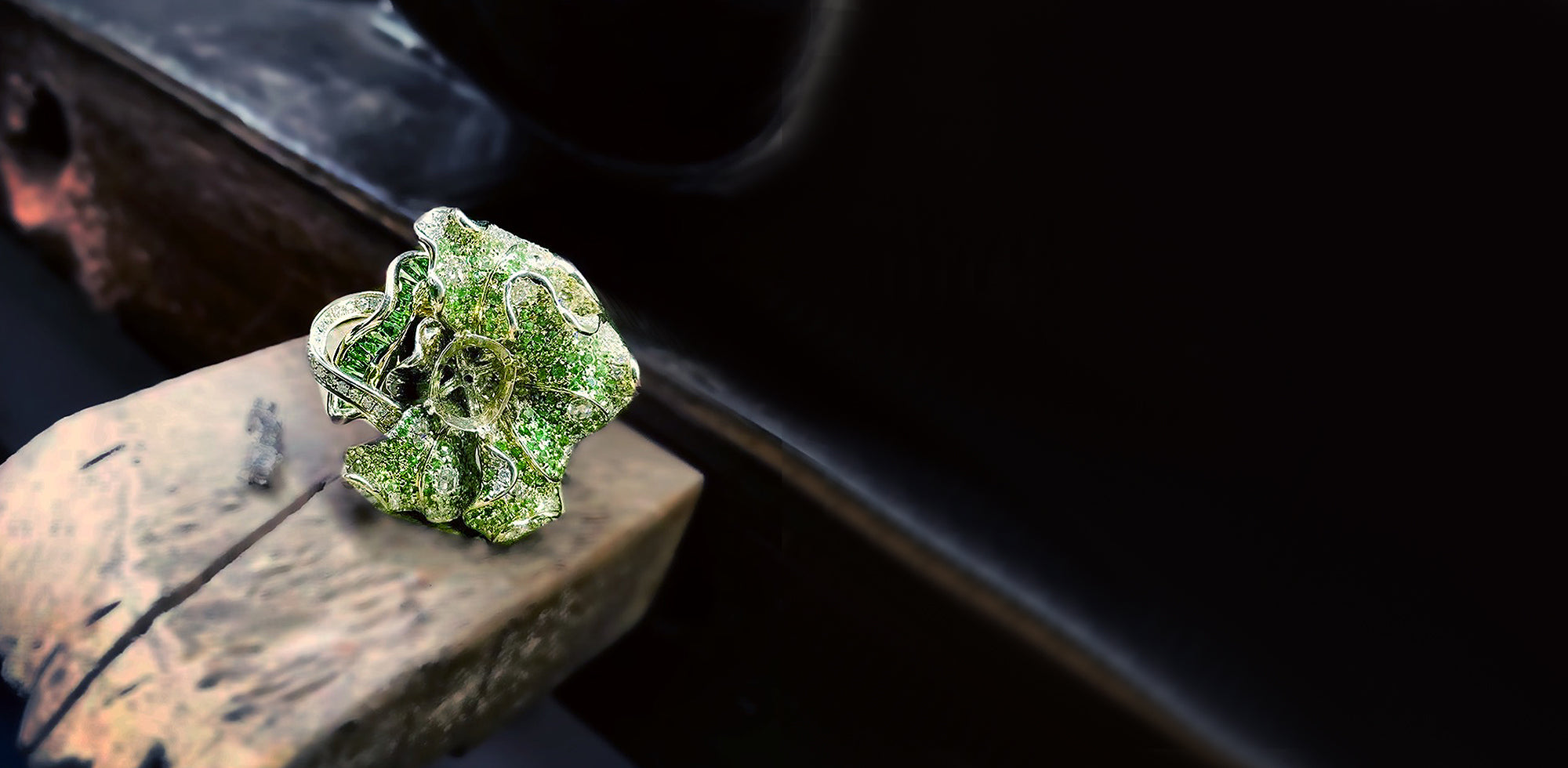Clarity-improving treatments
Laser Drilling
By drilling a small hole at the inclusion point, diamond manufacturers can use lasers to eliminate or brighten a dark-appearing inclusion. The inclusion may evaporate due to the laser, or the treater may add bleach or acid to lighten it even further. Although laser drilling can increase the marketability of incorporated diamonds, the laser drill hole is considered a clarity attribute. The drill hole may fill with foreign material and become more noticeable as time passes. Because the drill hole cannot be removed, laser drilling is considered a durable treatment. Often after drilling, the diamond may even be fracture-filled.
Fracture-Filling
The most frequent diamond treatment used to improve clarity is infusing molten leaded glass-like material into a diamond's fractures. Surface-reaching fracture-filling can successfully conceal these defects. It might also help a consumer who cracks a diamond accidentally. The treatment can endure for years with appropriate care, although the filling can be destroyed during ordinary jewelry repairs or if exposed to repeated cleanings with steam, acid, or ultrasonics. If the filler melts and spills out, it may be possible to retract it. If the filler becomes dark, it cannot be restored to its original hue. Fracture filling can improve the appearance of a diamond while also significantly lowering its hue.
Color-Enhancing Treatment
Irradiation
Irradiation can produce diamond colors such as Green, blue, brown, yellow, black, and other hues. This technique is sometimes followed by annealing. Irradiated diamonds are heat sensitive, and jewelry repair processes like recutting and repolishing can result in color shifts.
Annealing
This is a regulated heating and cooling procedure that is frequently used after irradiation to alter the color of a diamond to brown, orange, or yellow. It has also been claimed to generate pink, red, and purple hues. When applied alone, annealing can change the hue in a series, often from blue to green to brown to yellow. When the desired hue is obtained, the treatment is halted. The diamond color can significantly change if heat is later applied to an annealed diamond during ordinary jewelry repairs.
HPHT
HPHT treatment employs equipment similar to those used to create synthetic diamonds. Some brownish diamonds can be rendered colorless by the HPHT process or transformed into other hues such as yellow, greenish-yellow, or Green. Pink, blue, and orange-yellow diamonds are also associated with this procedure. HPHT is regarded as a permanent procedure. It's often followed by annealing and irradiation, which results in pink-to-red to purple hues.
Coatings
Silica coatings can be applied to polished colorless or near-colorless diamonds to create a spectrum of natural-looking fancy hues such as pinks, oranges, yellows, blues, and purples. The coating is relatively durable but not permanent. Heat and chemicals used in jewelry repairs and polishing can destroy coated diamonds. They are also susceptible to scratching.
Conclusion
The use of new technologies to treat diamonds makes detection more difficult. It necessitates specialized equipment only available in the most well-equipped research and grading laboratories such as GIA.
A GIA grading report is your best option for ensuring that the diamond you're buying has been adequately inspected and scrutinized for any visible diamond treatments.


